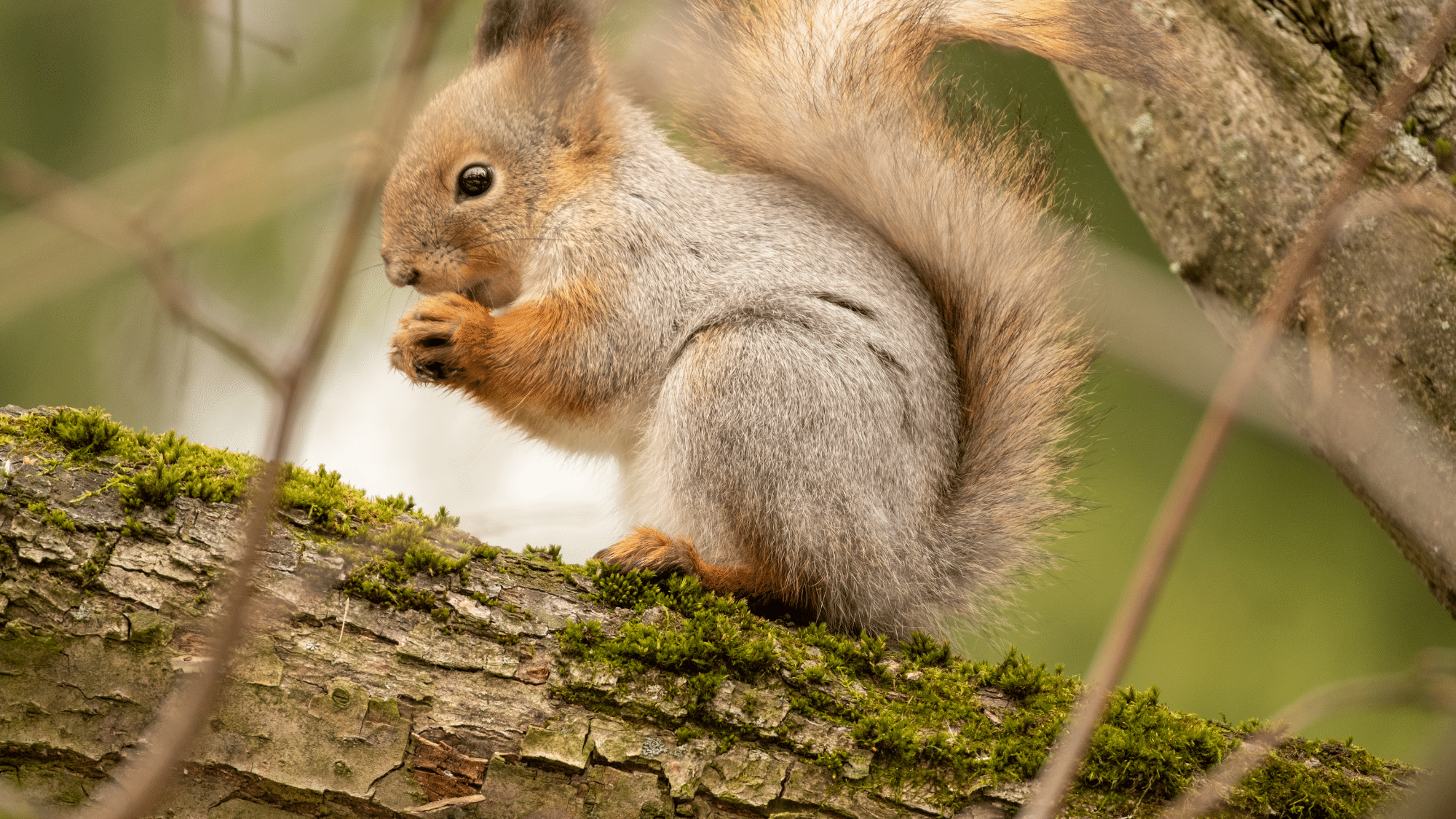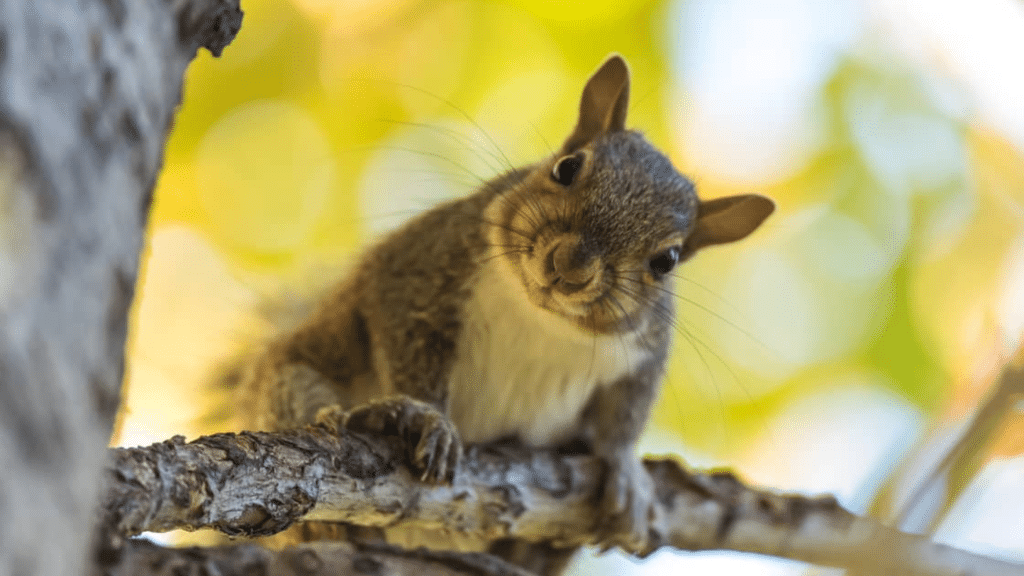Squirrels can cause headaches for gardeners and homeowners. These small animals dig up plants, eat vegetables, and sometimes nest in attics.
Many people seek safe methods to deter squirrels from their property. Mothballs are often suggested as a possible solution.
This post examines if mothballs really work to repel squirrels. You’ll learn what mothballs are, how they might affect squirrels, and what science says about their usefulness.
Want to protect your garden and home from squirrel damage? Read on to find out if mothballs are the answer to your squirrel problems.
Do Mothballs Really Repel Squirrels
The short answer is yes, but with limitations. Mothballs emit a strong odor that many animals, including squirrels, find unpleasant.
These small, white balls contain chemicals such as Naphthalene or Paradichlorobenzene, which create a strong odor when they break down.
Squirrels have keen senses of smell and tend to avoid areas with strong odors. The sharp scent from mothballs can make them think twice before entering your garden or attic spaces.
However, this effect often doesn’t last long. Mothballs lose their smell over time, especially in open spaces.
Experts note that squirrels can also become accustomed to new smells over time. What keeps them away today might not work next month as they learn the scent doesn’t actually harm them.
How Effective Are Mothballs for Squirrel Control?

The results of using mothballs for squirrel control vary widely. Some people swear by them, while others find them completely useless.
The chemicals must be present in high concentrations to have any effect on squirrels. In outdoor settings, these chemicals dissipate quickly, making them less effective.
Here’s what affects mothball effectiveness:
- Weather conditions: Rain washes away the chemicals, and wind carries the smell off faster
- Placement location: Works better in closed spaces like attics than in open gardens
- Replacement frequency: Need to be replaced often as they shrink and lose potency
- Squirrel adaptation: Squirrels may return once they learn the smell isn’t dangerous
Studies show that squirrels may leave an area when mothballs first appear, but often return within days. For most homeowners, mothballs usually prove to be a temporary solution at best.
Health and Safety Risks of Using Mothballs
Mothballs may seem like a simple solution for squirrel problems, but they come with serious health and safety concerns.
- Poisoning risk for children: Mothballs look like candy or mints to small children. If eaten, they can cause serious poisoning that may lead to liver damage, blood cell damage, and in severe cases, can be fatal.
- Dangers to pets: Dogs, cats, and other pets may chew or eat mothballs. Even small amounts can cause vomiting, seizures, and organ damage in animals.
- Respiratory problems: The fumes from mothballs can trigger asthma attacks and breathing difficulties. Individuals with pre-existing lung conditions may experience worsening symptoms when exposed to mothball vapors.
- Environmental contamination: When used outdoors, mothballs can leach chemicals into soil and water. These chemicals don’t break down quickly and can harm plants, beneficial insects, and water systems.
- Wildlife harm: Beyond squirrels, mothballs can poison birds, small mammals, and other wildlife that might come into contact with them in your yard.
- Legal concerns: The EPA regulates mothballs as pesticides. Using them outdoors to repel squirrels is actually against federal guidelines in many regions and may violate local laws.
Why Mothballs Are Not a Long-Term Solution

Mothballs might seem like an easy fix for squirrel problems, but they fall short as a lasting answer. They shrink and lose their smell fast.
This means you’d need to replace them often, sometimes every few days in warm or wet weather. The recurring cost of purchasing mothballs makes this an expensive choice.
After their initial startled reaction, many squirrels become accustomed to the odor and return to their usual spots.
The smell only reaches so far, too. Squirrels can easily find areas where the scent is weaker and still access your property from those points.
The temporary nature of mothball protection means you’ll likely face the same squirrel issues again and again.
Most pest control experts suggest focusing on habitat changes and physical barriers instead for better long-term results that actually keep squirrels away for good.
Safer and More Reliable Ways to Keep Squirrels Away
Dealing with squirrels doesn’t need to involve harsh chemicals or constant battles. Many homeowners have found success with safer methods.
Physical barriers offer the most reliable protection against squirrel invasions. Mesh screens on vents, chimney caps, and fence barriers can block entry to your home and garden.
Here are some squirrel deterrents that work better than mothballs:
- Motion-activated sprinklers: Surprise bursts of water startle squirrels without harm and teach them to avoid your yard
- Squirrel-proof bird feeders: Special feeders with weight-triggered closures keep squirrels from stealing bird food
- Hot pepper solutions: Capsaicin spray on plants deters squirrels as they dislike the spicy taste
- Predator urine: Commercial products containing fox or coyote urine create a fear response in squirrels
- Physical exclusion: Mesh fencing around gardens and proper sealing of home entry points provide permanent protection
Removing food sources remains one of the most efficient strategies, which includes picking up fallen fruits, securing garbage cans, and using squirrel-proof bird feeders.
Conclusion
Professional help might be worth considering for serious squirrel problems. Pest control experts can identify entry points you might miss and suggest the best combination of methods
Use temporary solutions only when necessary and as a last resort. This structured method ensures you address the root causes first rather than just treating symptoms.
Your efforts will be more effective and longer-lasting than relying on quick fixes, such as mothballs.
Bonus Tip: Try the pyramid approach to squirrel control: start with the most important strategies at the base, then add targeted deterrents as needed at the middle level.















